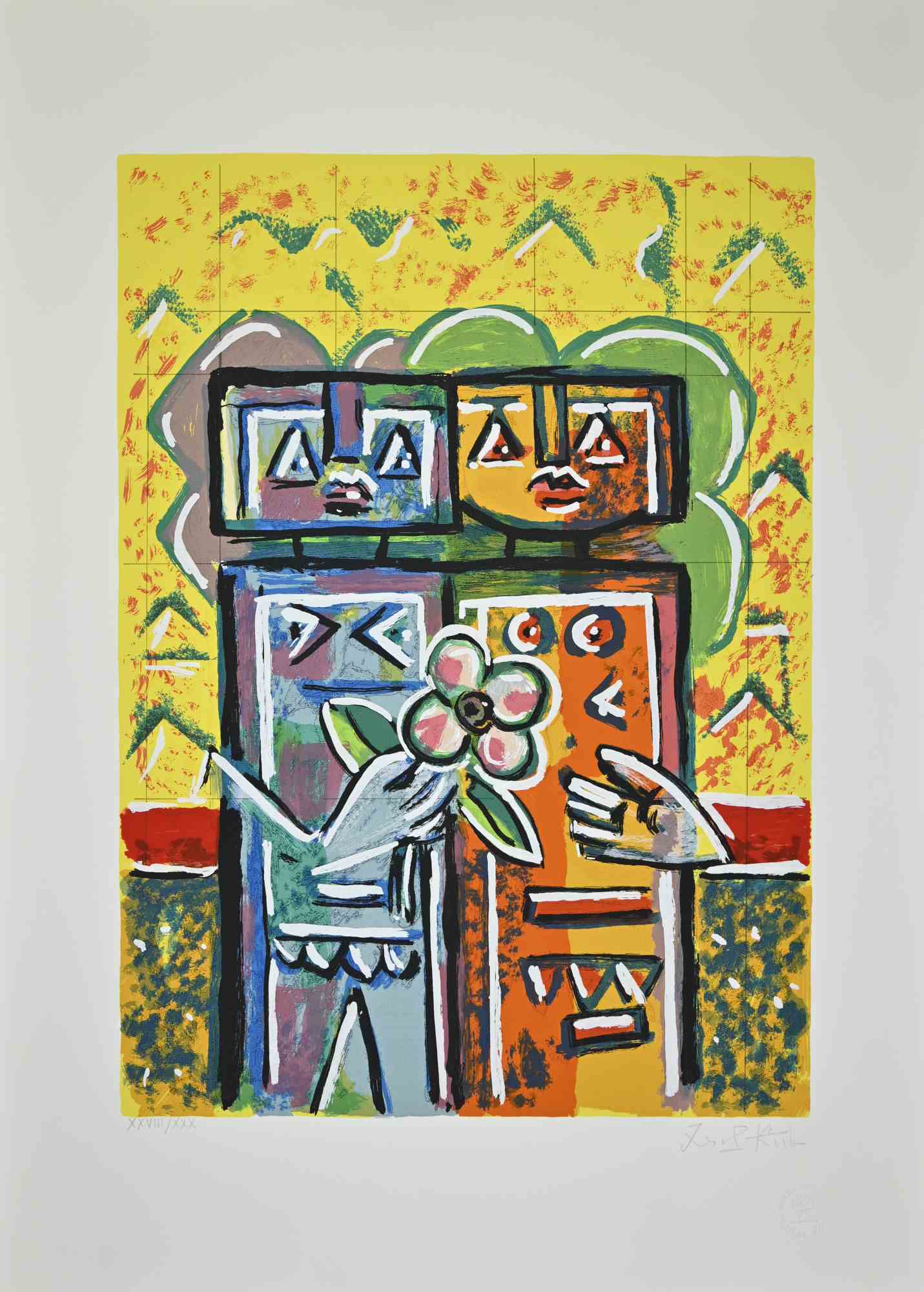
Ibrahim Kodra: A Master of Modernist Expression and Graphic Innovation
Ibrahim Kodra (1918-2006), an Albanian painter and graphic artist, stands as a towering figure in 20th-century art. His unique synthesis of Mediterranean cultural motifs, dynamic forms, and an evocative color palette marks his work with a distinct and inimitable style. Trained in the prestigious Accademia di Belle Arti di Brera in Milan, Kodra’s oeuvre spans painting, sculpture, and graphic works, each medium reflecting his profound engagement with both tradition and modernity.
Early Influences and Artistic Formation
Born in Ishëm, Albania, Kodra’s early years were steeped in the rich visual traditions of his homeland. This cultural bedrock provided a fertile ground for his later explorations in art. His formative years in Milan were crucial in shaping his artistic vision. At Brera, Kodra absorbed the influences of Italian Renaissance masters, which is evident in the classical underpinnings of his compositions. However, it was the dynamic environment of post-war Europe that truly galvanized his creative impulses.
The Modernist Aesthetic and Mediterranean Legacy
Kodra’s graphic works, in particular, reveal his deft ability to merge the modernist aesthetic with Mediterranean iconography. His line work is both vigorous and fluid, echoing the calligraphic traditions of ancient cultures while imbibing the rhythmic abstraction of modernism. Kodra’s prints and drawings often feature stylized human figures, animals, and mythological beings, rendered with a playful yet sophisticated sensibility.
His series of graphic works from the 1950s and 60s, for instance, showcase his exploration of Cubist fragmentation and Surrealist dreamscapes. These pieces are characterized by a bold use of line and a nuanced understanding of negative space. The figures in these works are often depicted in a state of flux, embodying the existential tensions of the time. Kodra’s ability to distill complex human emotions into simple, yet powerful, graphic forms is a testament to his mastery of the medium.
Symbolism and Allegory in Graphic Art
Kodra’s graphic oeuvre is rich with symbolism and allegory, often drawing upon his Albanian heritage. The interplay of tradition and innovation is a recurring theme in his work. His use of mythological and folkloric elements serves not merely as decorative motifs but as profound statements on cultural identity and continuity. In his graphic series “The Odyssey of Man,” Kodra reinterprets Homeric legends through a contemporary lens, infusing the ancient tales with modernist aesthetics and existential inquiry.
The use of allegory in Kodra’s graphics extends to his political commentary as well. Living through the tumultuous political landscape of the 20th century, Kodra’s works often reflect a critique of authoritarianism and a yearning for freedom. His graphic series “The Prisoners” is particularly notable in this regard, using stark, angular forms and claustrophobic compositions to evoke the oppressive nature of totalitarian regimes.
Technical Mastery and Innovation
Technically, Kodra’s graphic works are a marvel of innovation and skill. He employed a variety of printmaking techniques, including etching, lithography, and woodcut, each chosen for its unique expressive potential. His etchings are particularly noteworthy for their intricate detail and textural richness. Kodra’s mastery of line and form is evident in the precision of his marks and the dynamic interplay of light and shadow.
His lithographs, on the other hand, exhibit a more painterly quality, with lush, velvety tones and a vibrant interplay of colors. Kodra’s use of color in his graphic works is both bold and nuanced, often imbuing his prints with a sense of movement and vitality. His woodcuts, characterized by their strong, graphic lines and stark contrasts, reveal a deep understanding of the medium’s expressive capabilities.

Legacy and Influence
Ibrahim Kodra’s contribution to the field of graphic art is significant not only for its aesthetic and technical merits but also for its cultural resonance. He remains a pivotal figure in the dialogue between European modernism and Mediterranean artistic traditions. His works are housed in prestigious collections worldwide, and his influence is evident in the works of subsequent generations of artists who continue to explore the intersections of tradition and modernity.
Kodra’s legacy is one of innovation, mastery, and profound cultural engagement. His graphic works, in particular, stand as a testament to his ability to navigate and synthesize diverse artistic influences into a cohesive and compelling visual language. As a modernist maestro, Ibrahim Kodra has left an indelible mark on the world of art, his works continuing to inspire and captivate audiences with their dynamic beauty and profound depth.
Related artworks
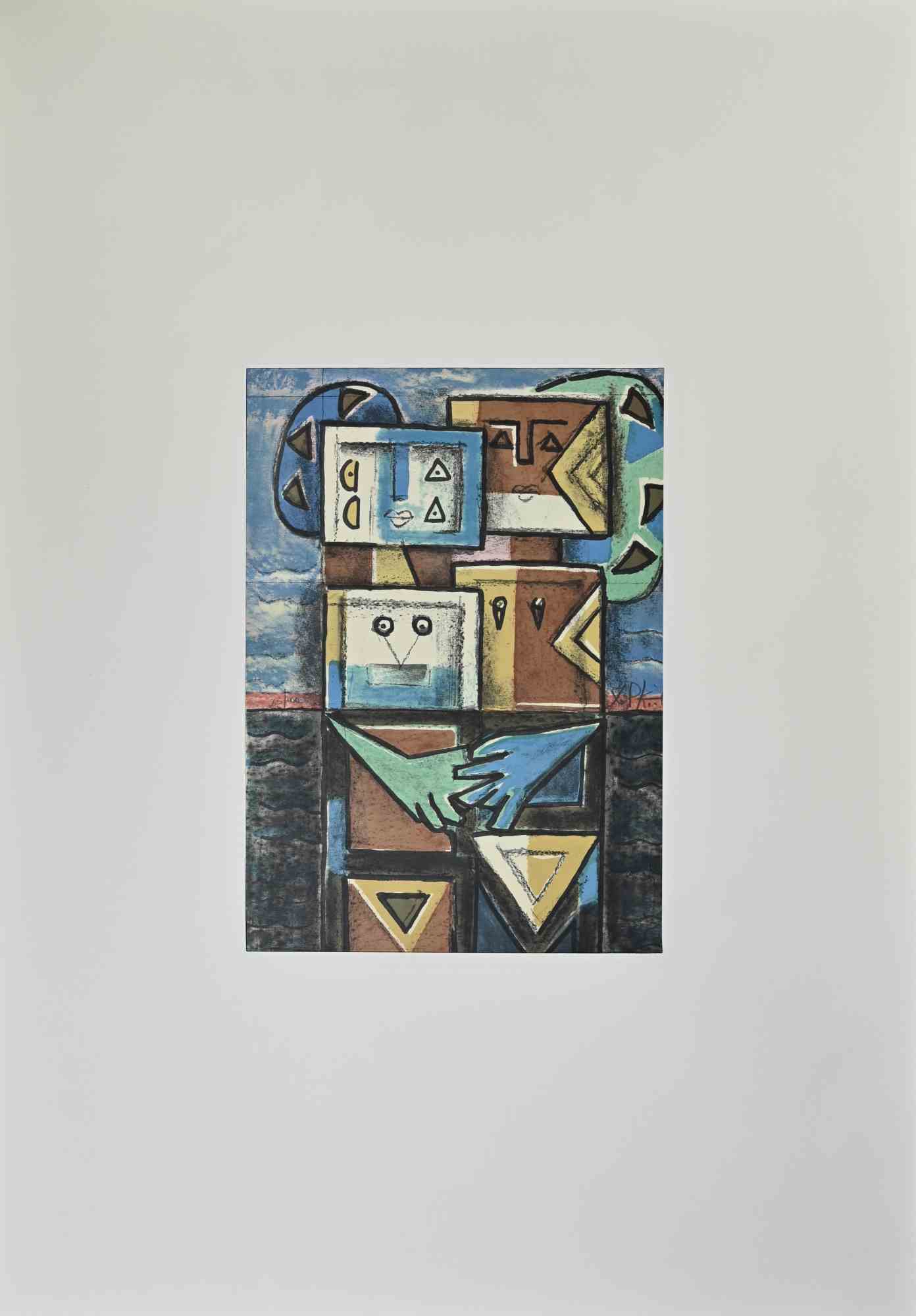
Lovers
Ibrahim Kodra
Lithograph
200€

Player and Listeners
Ibrahim Kodra
Lithograph
200€
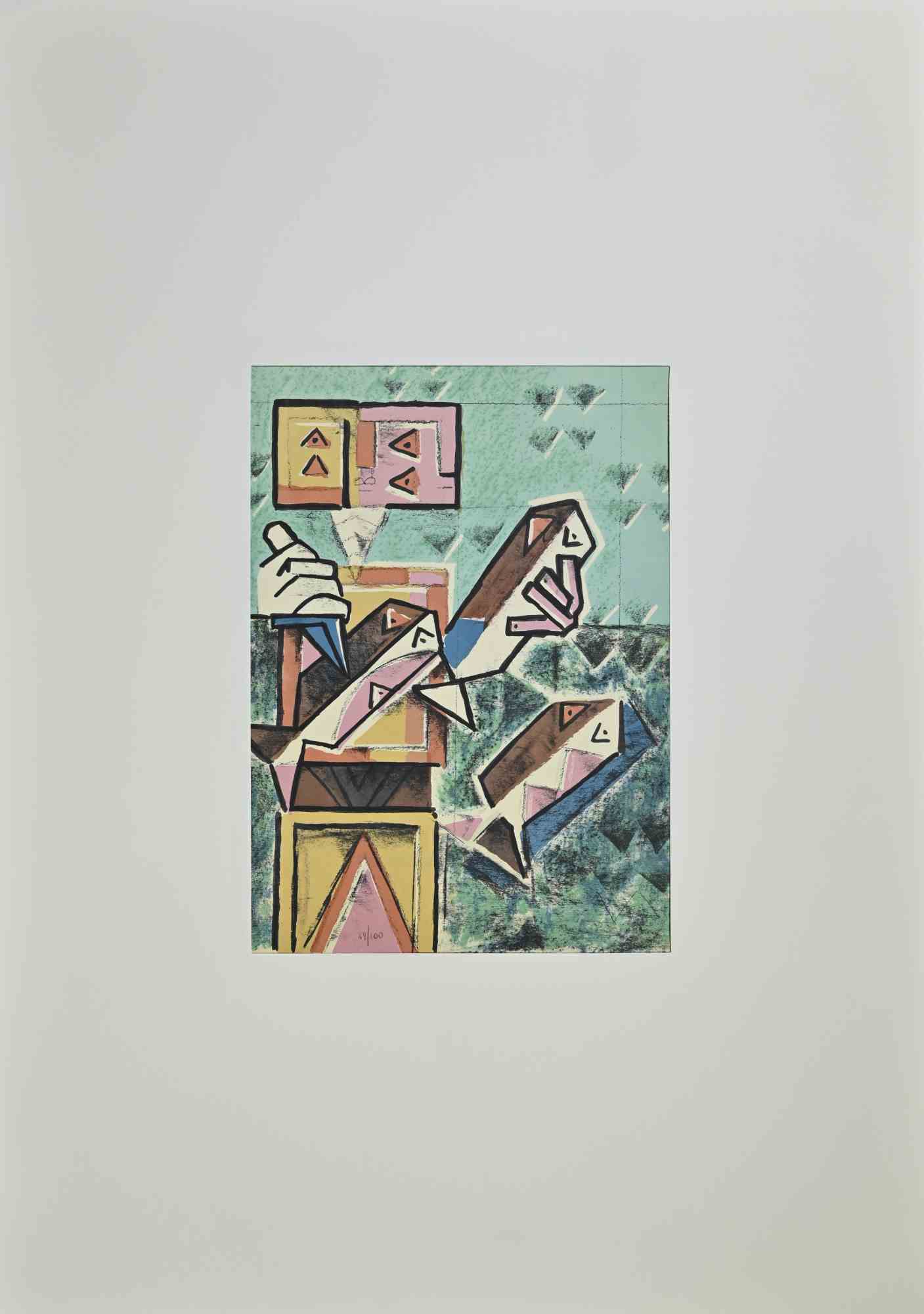
Sculptor by Kodra
Ibrahim Kodra
Lithograph
188€
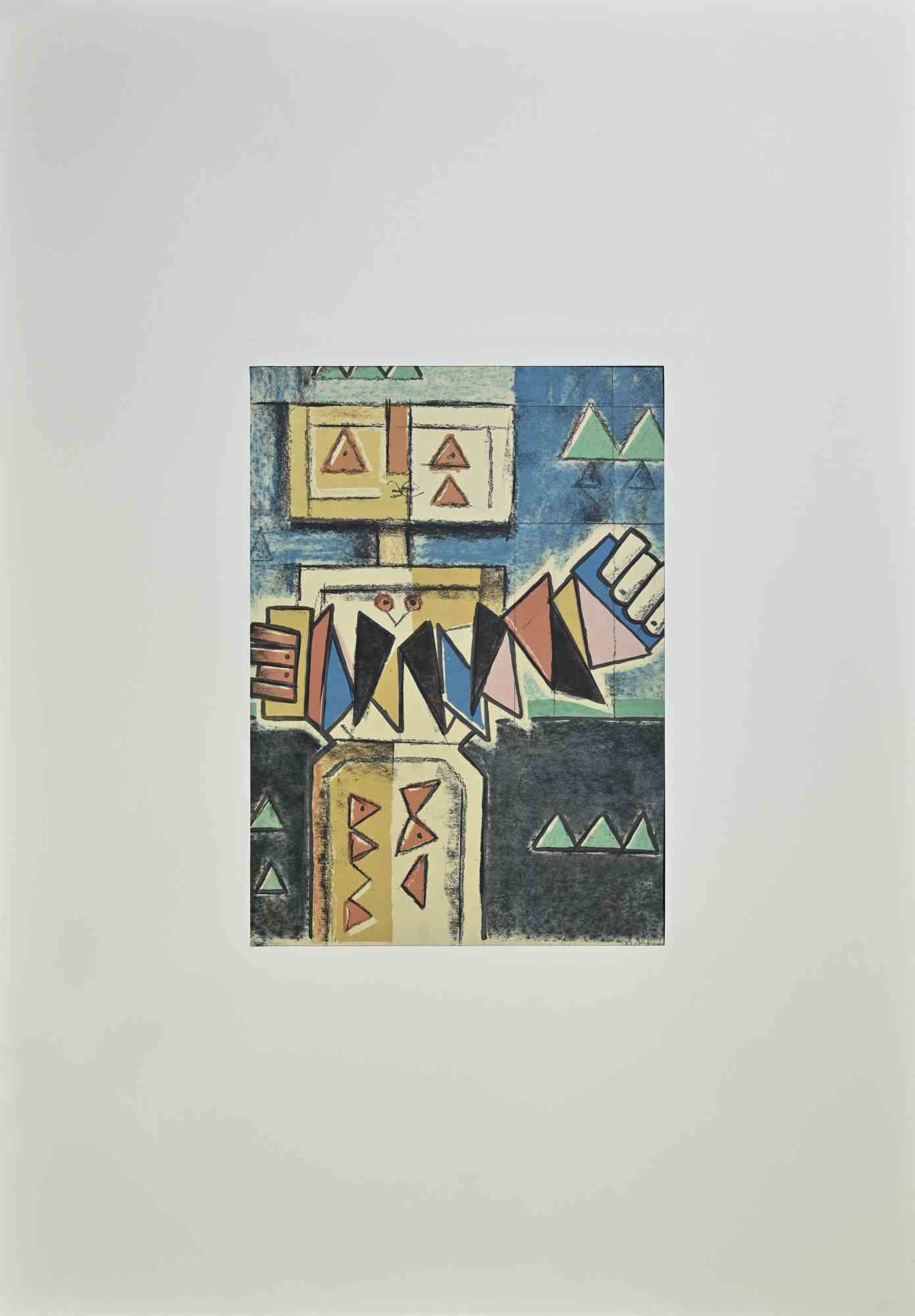
Player
Ibrahim Kodra
Lithograph
200€
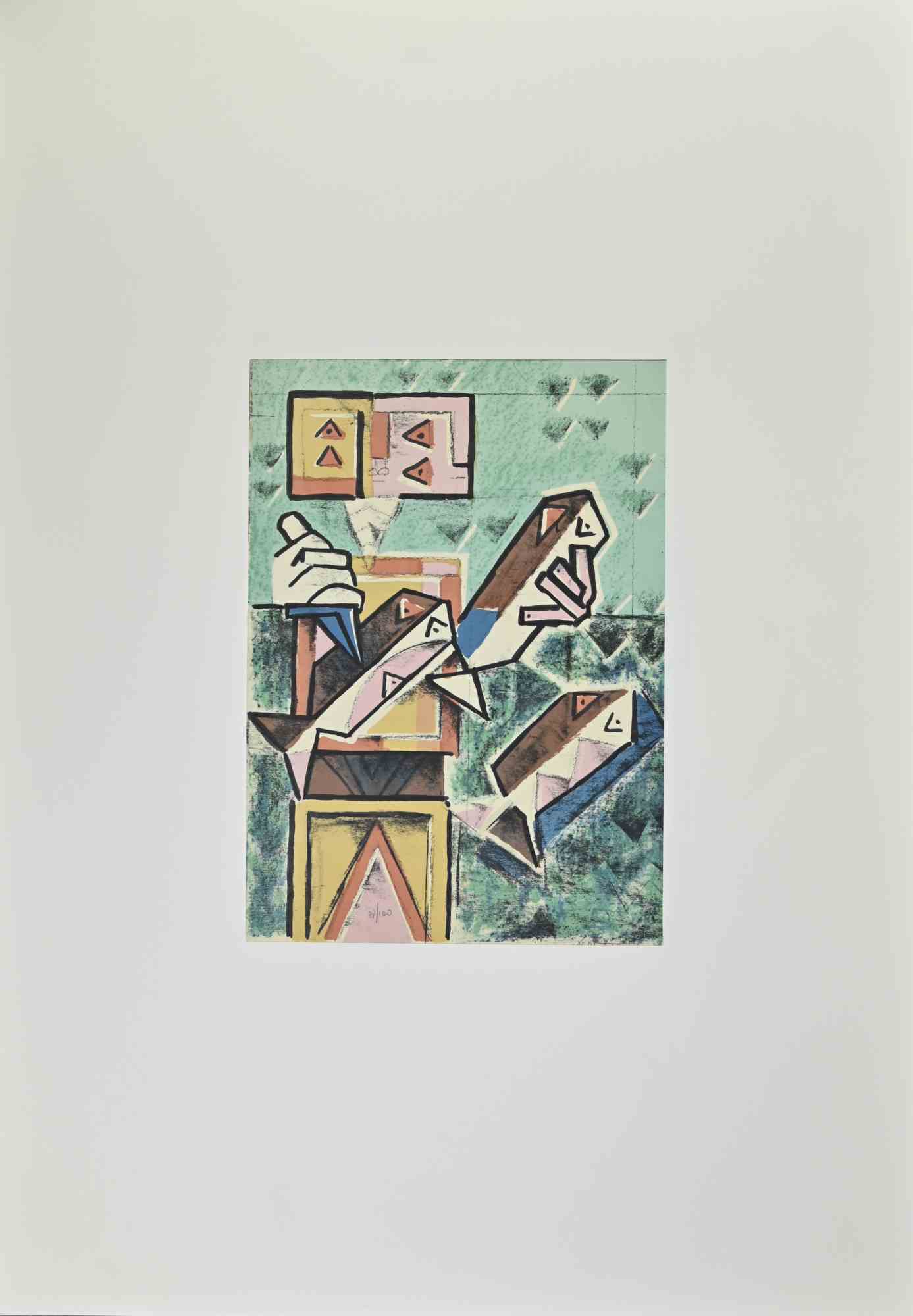
Sculptor
Ibrahim Kodra
Lithograph
200€
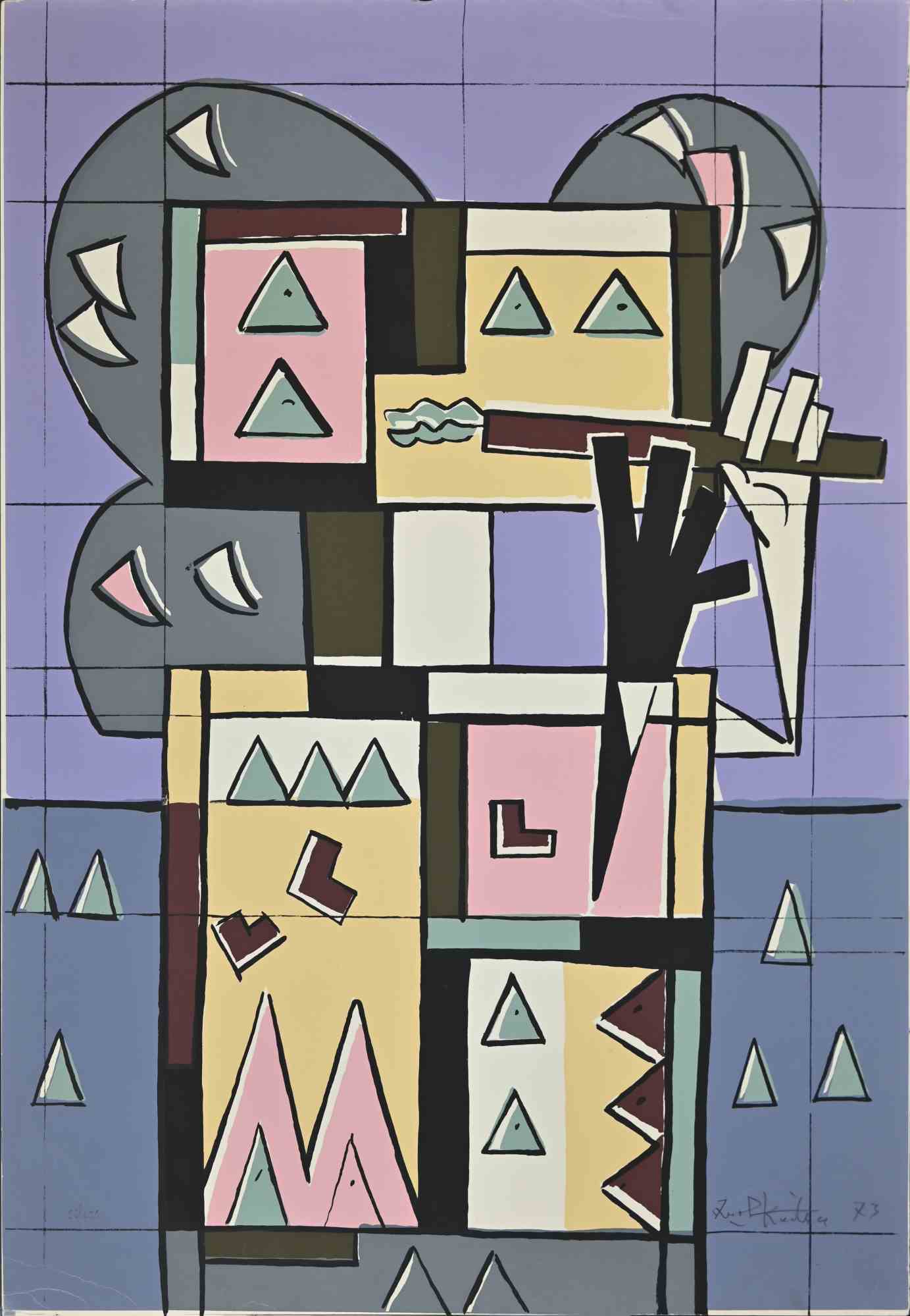
Player
Ibrahim Kodra
Lithograph
250€
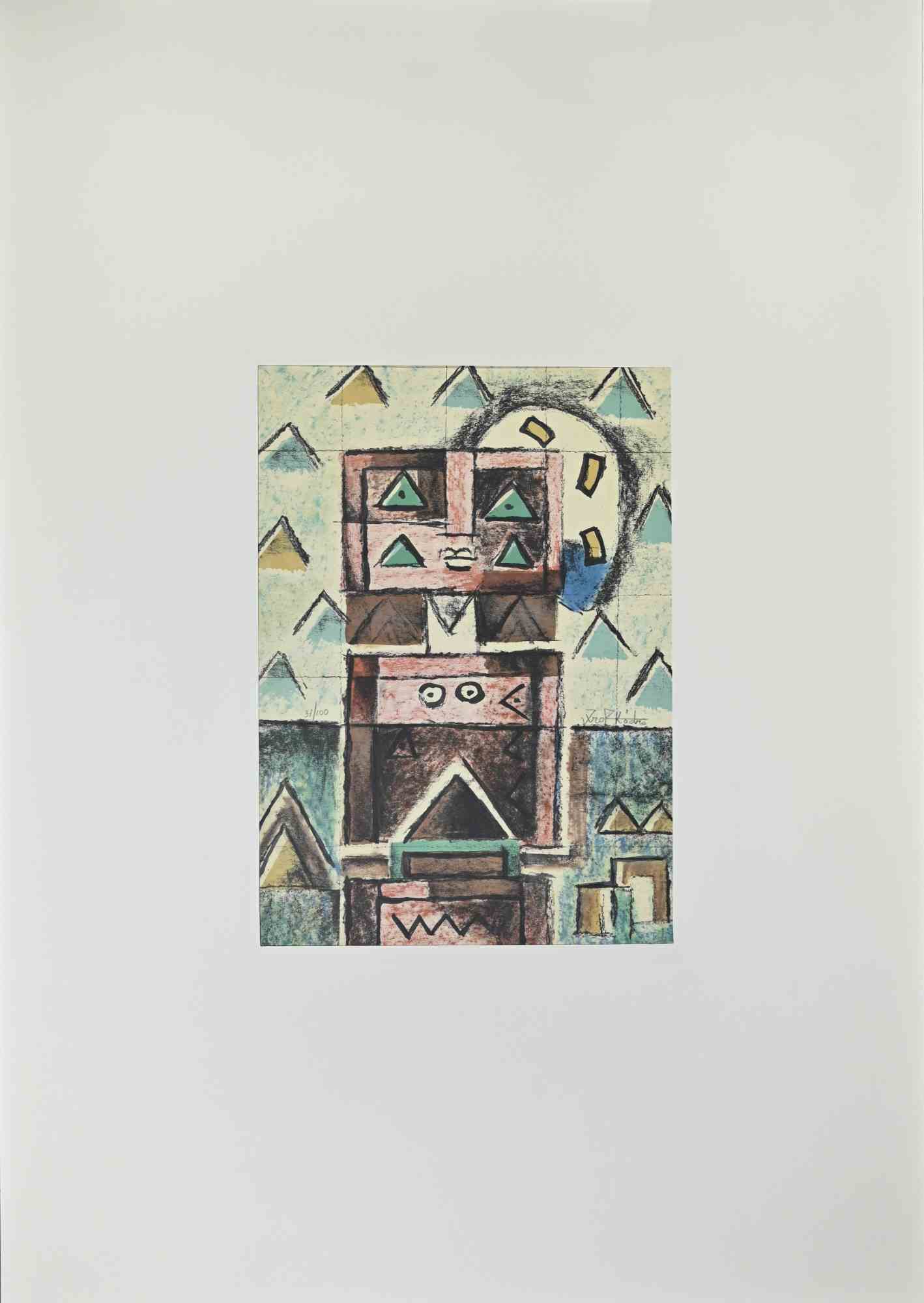
Four Eyed Man
Ibrahim Kodra
Lithograph
200€
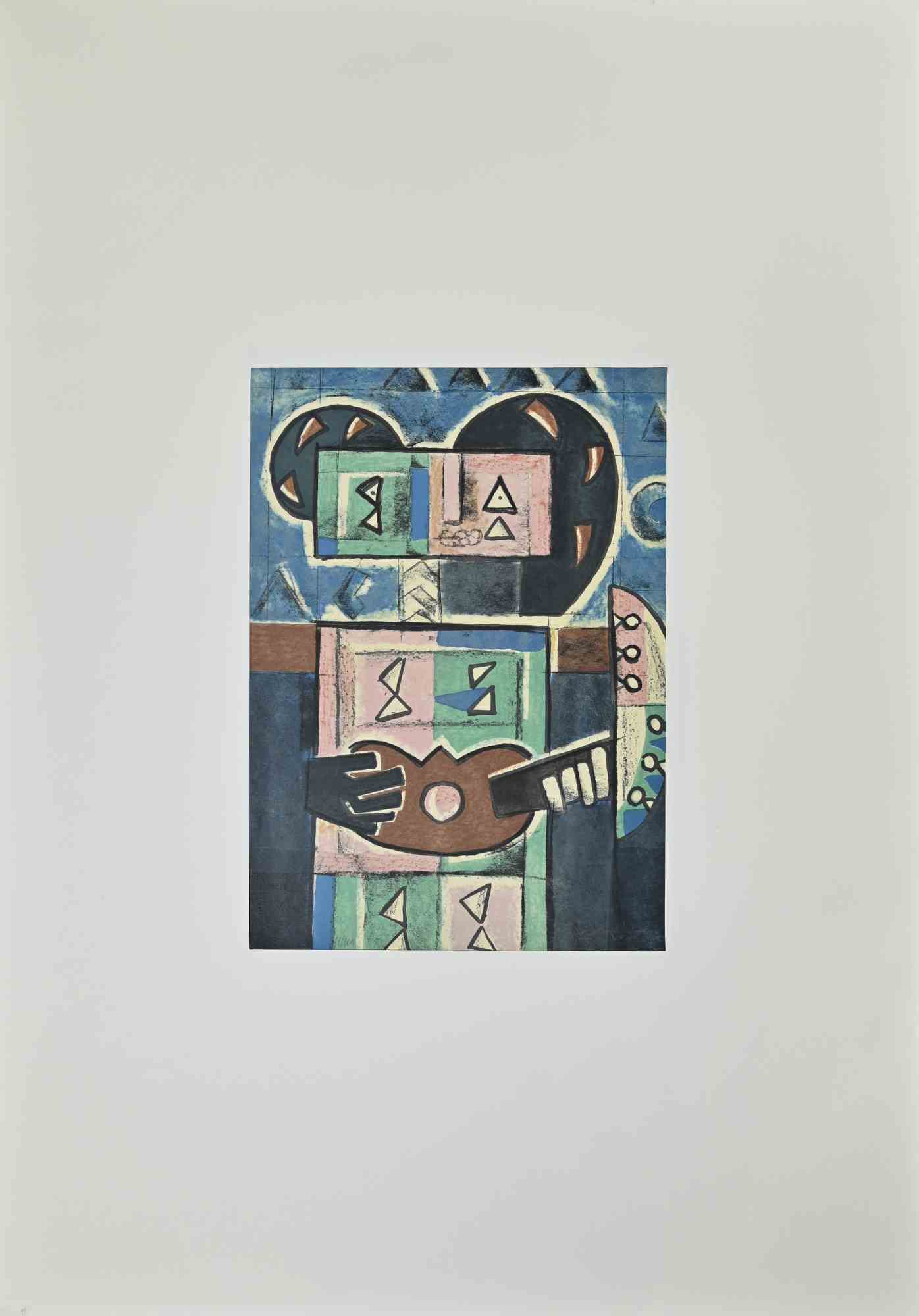
Player
Ibrahim Kodra
Lithograph
200€
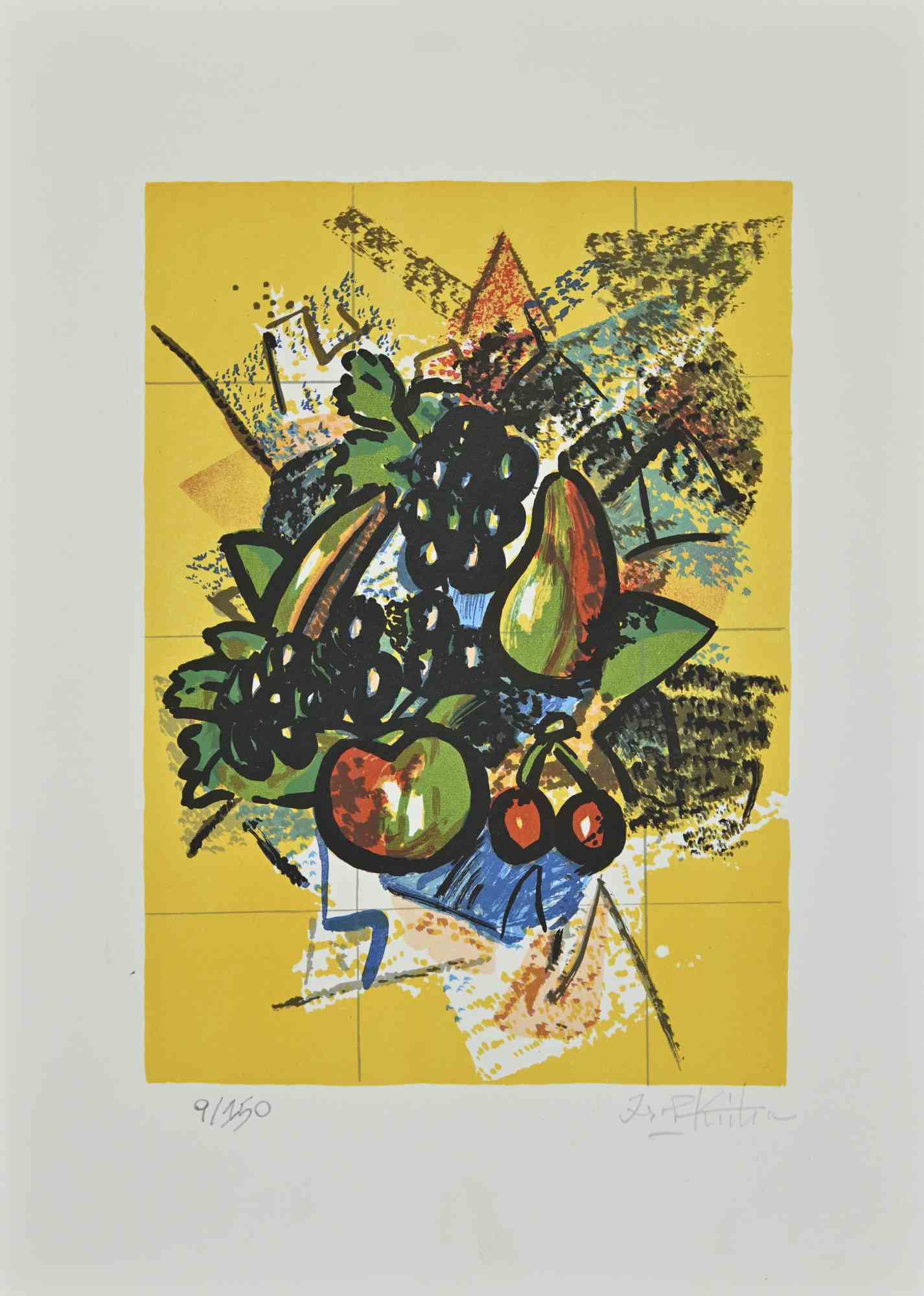
Still Life
Ibrahim Kodra
Lithograph
300€
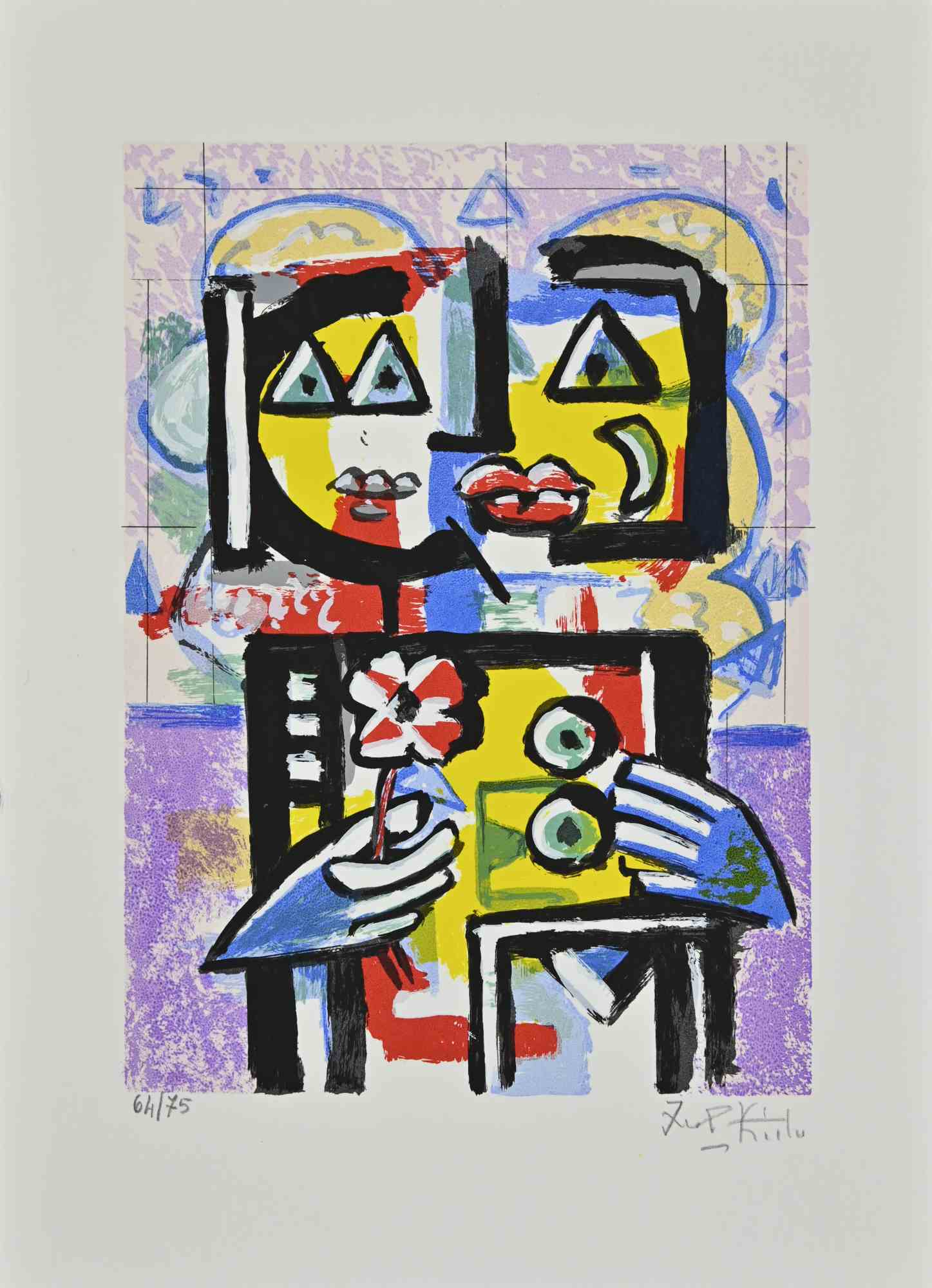
Lovers
Ibrahim Kodra
Lithograph
280€
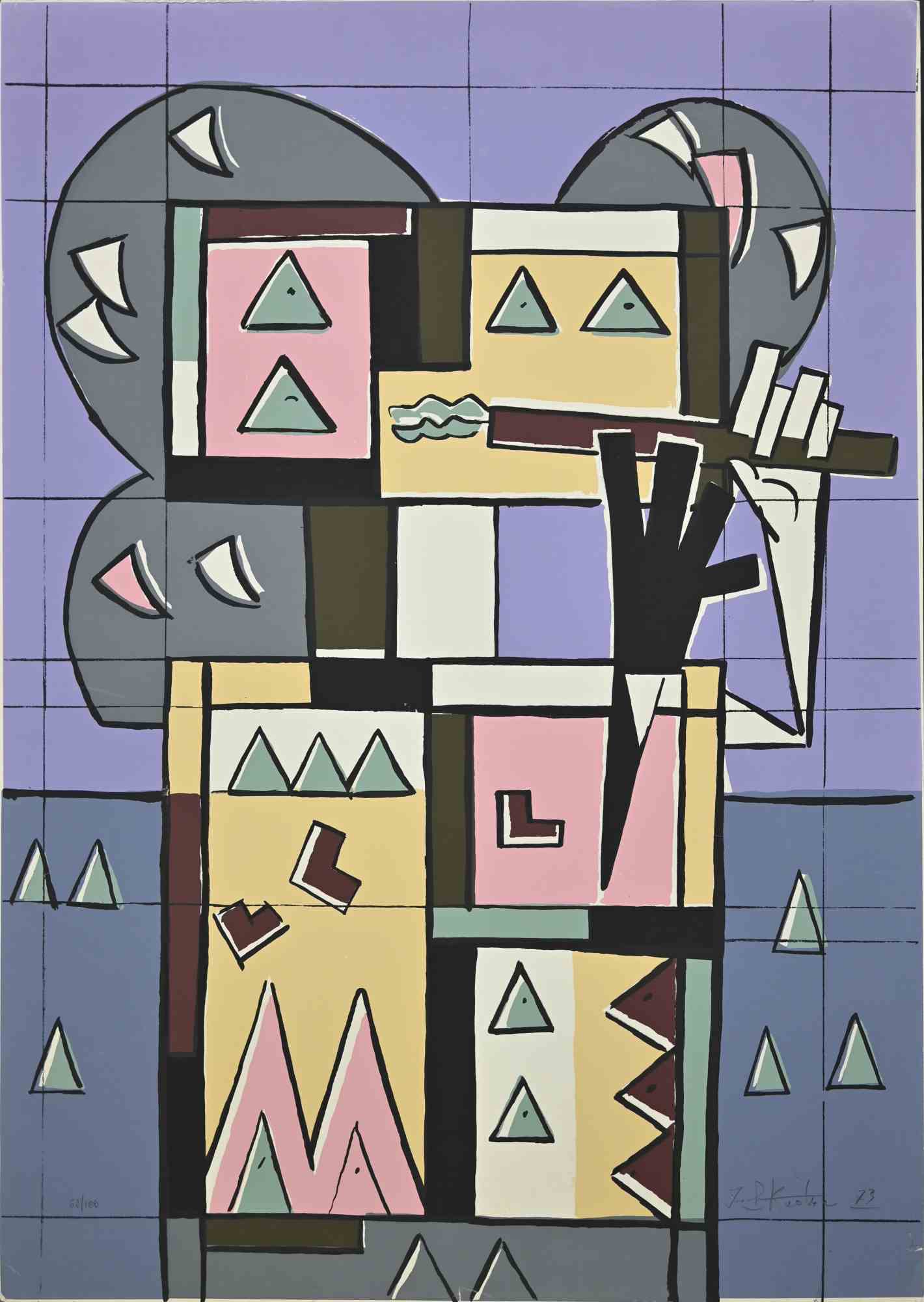
Player
Ibrahim Kodra
Lithograph
300€
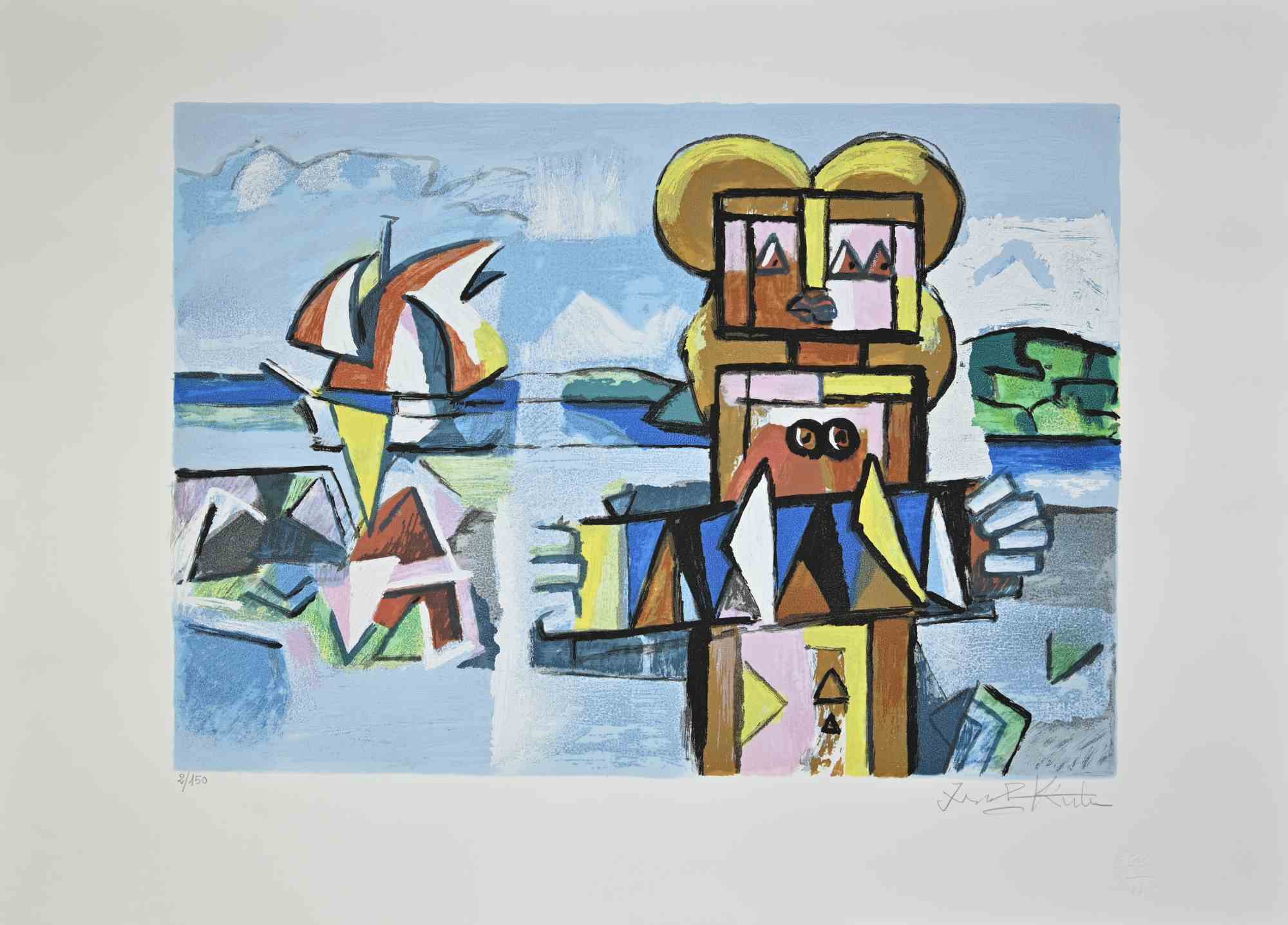
Musician at the Sea
Ibrahim Kodra
Lithograph
250€
